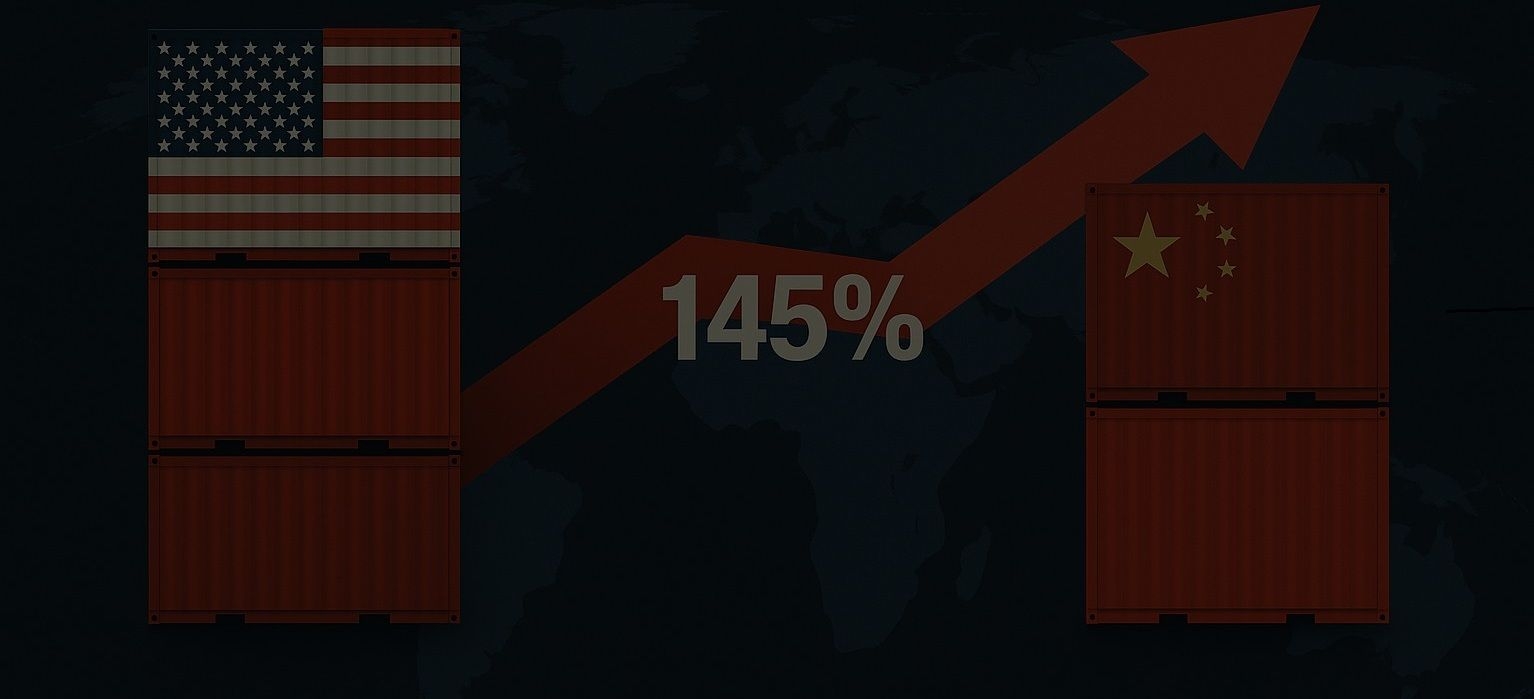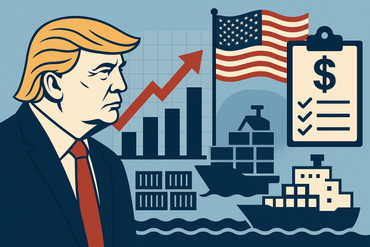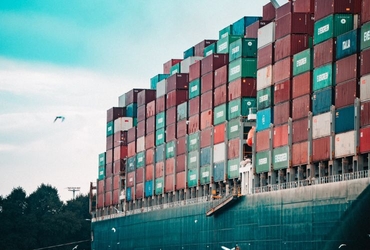
The 30% Tariff Shift: How US–China Trade Tensions Are Reshaping Global Supply Chains



Update – 12 June 2025: Following negotiations in Geneva and London, the U.S. and China have agreed on a tariff framework anchored at 55% on Chinese imports and 10% on U.S. exports. China also pledged to deliver rare earth minerals “up front,” and student exchanges will continue. The deal awaits final signatures from Presidents Trump and Xi, with full implementation expected by August. While offering short-term stability, it leaves deeper issues like supply‑chain diversification and intellectual property unresolved. (Reuters)
Update – 14 May 2025: On 12 May 2025 the United States and China agreed to roll back their peak tariffs to 30 % and 10 % respectively for a 90‑day negotiating truce. (Reuters)
The U.S.–China trade relationship has taken yet another dramatic turn. Washington’s decision to lower its headline duty on Chinese imports to 30 percent—down from the record 145 percent it announced just months ago—has been matched by Beijing’s move to reduce its own retaliatory tariff from 125 percent to 10 percent. This 115‑percentage‑point plunge delivers short‑term relief yet leaves both sides with substantial leverage as they enter a 90‑day negotiation period.
A Rapid Escalation: Mapping the 30 % Tariff Adjustment
Throughout 2024 the White House’s so‑called trump tariff plan drove many manufacturers to reroute production. Under that plan, top-line duties hit 145 percent across thousands of HS codes, effectively shutting out a significant share of Chinese goods. The May 2025 revision trims that ceiling to 30 percent, signalling a tentative thaw but retaining a powerful bargaining chip.
China’s Ministry of Finance confirmed that all scheduled tariff hikes above 10 percent have been suspended for the duration of the truce, while U.S. trade officials cautioned that 30 percent is a 'floor' that could rise again if talks falter.
The US Perspective: Trade Policy Meets Geopolitics
- Geopolitical Pressure. Tariffs remain high enough to press Beijing on technology transfer, fentanyl flows, and industrial subsidies.
- Reshoring Strategy. A non‑zero rate sustains incentives for firms to diversify supply chains away from China.
- Domestic Optics. Scaling back duties helps curb inflation fears while preserving a tough negotiating stance ahead of the 2026 election season.
China’s Position: Export Pressure and Global Strategy
- Targeted Retaliation Eased. By cutting its counter‑tariff to 10 percent, Beijing removes the most punitive layer while retaining scope to re‑escalate.
- Supply‑Chain Hedging. Chinese corporates continue to expand 'China + 1' manufacturing footprints across ASEAN to hedge against future shocks.
- Diplomatic Signalling. State media hails the truce as evidence of pragmatic dialogue even as officials warn the U.S. against 'bullying tactics.'
Global Supply‑Chain Impact: Disruption and Diversion
- Electronics & Machinery. Tier‑1 suppliers such as Foxconn are accelerating capacity shifts to Vietnam and India to keep landed costs at—or below—the new 30 percent threshold.
- Furniture & Textiles. U.S. import data already show Vietnamese furniture shipments up 48 percent year‑over‑year, offsetting Chinese declines.
- Multi‑Country Assembly. Complex 'China + 1' supply chains splice components from multiple Asian plants to optimise duty exposure while keeping design centres in China.
The UAE’s Emergence as a Logistics Pivot
Dubai’s Jebel Ali Port, JAFZA free zone, and the DXB/DWC air‑cargo corridor have become favoured consolidation hubs, allowing shippers to blend China‑origin inputs with parts from India or Turkey before forwarding to the U.S. under advantageous classifications.
Long‑Term Outlook: A Redrawn Map of Global Trade
- Regionalization. Supply chains are becoming more localised—for example, U.S. firms sourcing more components from Mexico under USMCA.
- Trade Volatility. Sudden policy shifts create unpredictable shipping costs, delivery times, and inventory risks.
- Bifurcation. A dual network may emerge, with U.S.‑aligned and China‑aligned blocs operating in parallel.
How Logistics Providers Can Support Transition Efforts
iContainers’ routing flexibility, real‑time price comparisons, and customs‑visibility tools help businesses adapt quickly to shifting tariffs and mitigate disruption.
Conclusion
The rollback from 145 percent to 30 percent on U.S. imports and from 125 percent to 10 percent on Chinese goods provides welcome—if temporary—relief. Yet with only a 90‑day window and clear warnings that current rates are merely a 'floor', companies must stay nimble, diversify sourcing, and hard‑wire geopolitical risk into every logistics decision.
Last updated 14 May 2025. All figures reflect the latest official statements and media reports available at the time of publication.
References:
Reuters – “US-China trade deal as it happened: Tariffs to be lowered for 90 days” Reuters
Washington Post – “U.S., China agree to lower most tariffs for 90 days amid trade talks” The Washington Post
Reuters – “China to adjust tariff rates on US goods from May 14, says finance ministry” Reuters
Wall Street Journal – “Trump’s Disruptive Trade Agenda Is Giving Way to Scaled-Back Deals” WSJ
CBS News – “U.S. tariff truce with China brings duties down to 30 % and 10 %” CBS News
AP News – “US and China reach deal to roll back most tariffs for 90 days” AP News
Reuters – “US slashes ‘de minimis’ tariff on small China parcels to as low as 30 %” Reuters
- 1. A Rapid Escalation: Mapping the 30 % Tariff Adjustment
- 2. The US Perspective: Trade Policy Meets Geopolitics
- 3. China’s Position: Export Pressure and Global Strategy
- 4. Global Supply‑Chain Impact: Disruption and Diversion
- 5. The UAE’s Emergence as a Logistics Pivot
- 6. How Logistics Providers Can Support Transition Efforts
- 7. Conclusion
Related Articles


